What is Product Management?
Product Management vs Project Management. What does a PM do? Other product roles. Career advice from 270+ PMs. 600+ free PM resources.
Hey, Paweł here. Welcome to the free edition of The Product Compass.
Every week, I share actionable tips to boost your PM career.
What is Product Management?
I’ve been writing about different aspects of product management but realized I never addressed the question, “What is product management?”
So, in today’s special newsletter:
Common Misconceptions: Product Management vs Project Management
What Does a Product Manager Do?
What is a Product Owner
What is a Growth Product Manager
What is a Product Marketing Manager
30 Questions the Product Manager Should Keep Asking
Bonus: Statistics collected in my survey (December 2023)
Recommended Resources
1. Common Misconceptions: Product Management vs Project Management
First off, let’s start with common misconceptions.
Product management is not about:
Asking customers about the requirements.
Writing detailed specifications.
Creating prototypes and wireframes.
Assigning tasks to developers.
Verifying and accepting the work of others.
Obsessing over velocity, deadlines, and roadmaps.
Acting like the CEO of the product.
All those activities involve focusing on the outputs, leading with control, inability to trust, and the fear of the unknown. A project management mindset. Anyone can do that.
So, what is product management?
It’s about:
Understanding customer's problems, needs, and desires.
Understanding the market and the business in depth.
Collaborating closely with engineers and designers.
Identifying opportunities, ideating solutions, and tackling the risks together.
Marrying customer goals and business goals.
Influencing others to work toward the common goal.
Being humble (it's ok not to be the smartest person in the room).
Experimenting to validate assumptions.
Leading without authority.
Turning chaos into clarity.
Product management involves empathy, working with data, influencing and leading others, and experimentation.
Product managers empower those around them, and acknowledge that they might be wrong and don't have all the answers. They crave learning and adjust their actions as they go.
I loved this picture shared by Shreyas Doshi:
2. What Does a Product Manager Do?
The 4 most important areas:
2.1 Communication and Collaboration
As a Product Manager, you are at the center of the action. The three most essential areas are Market, Business, and Technology.
Business
You must align your product efforts with the company’s vision, strategy, and organization’s constraints.
You need to understand and influence others in the organization and ensure the new ideas are viable (will work for different parts of the business).
Market
Markets are defined by people and their needs, not by their characteristics. As part of product discovery, product managers discover those needs (opportunities) with the designer and at least one engineer (the “Product Trio”) and tackle the value and usability risks.
At the same time, you need to work closely with the product marketing manager, who’s responsible for positioning, messaging, and the overall go-to-market (GTM).
Technology
If we believe customers often don't know how to solve their problems, how can we expect product managers to know the solutions? Product Managers are not technology experts.
This highlights the importance of collaboration with engineers, who not only address the feasibility risk but also, as I’ve repeatedly found, often contribute the best and most innovative ideas.
-
On top of that, as a Product Manager, you might need to consider legal, political, and other factors while continuously collaborating with others in the organization.
This requires strong communication skills, which is why collaboration is commonly considered the #1 competence of a Product Manager.
2.2 Product Discovery and Experimentation
I’d argue that product management is, at its heart, about managing risk.
„The first truth is that at least half of your ideas are just not going to work” - Marty Cagan, Inspired
For every idea, 5 risks can materialize:
Value: Will it create value for the customers?
Usability: Will users figure out how to use it?
Viability: Can our business support it?
Feasibility: Can it be done (technologically)?
Ethics: Should we do it? Are there any ethical considerations?
Product discovery aims to discover what to build and test the high-risk assumptions before the implementation.
As a Product Manager, you should know how to:
Explore the problem space to understand and define opportunities (problems, needs, desires).
Explore the solution space to brainstorm possible solutions, formulate testable assumptions, and plan experiments to prove or disprove them.
Tackle the high-risk assumptions before implementation.
I discussed Product Discovery in my free post:
For a deeper dive into these concepts, premium subscribers can access The Continuous Product Discovery Masterclass.
Other recommended resources:
2.3 Working With Data
Product analytics is the backbone of product management. It allows you to understand what customers do in your product. Interviewing customers, on the other hand, will enable you to discover why they are doing it.
Data analytics is a concept broader than product analytics and includes analyzing data from other sources (e.g., CRM, transactional data).
As a Product Manager, you should know:
Frameworks like the North Star Framework and One Metric That Matters so that you can focus on just a few key metrics.
Techniques like customer segmentation, funnel analysis, heatmaps, and session recordings to get additional insights into user behavior.
How to read the data and extract the essential insights.
Recommended resources:
2.4 Leading With the Strategic Context
Leadership involves inspiring, influencing, and guiding others without authority.
As a product manager, you should understand how to:
Inspire others with the vision.
Lead with strategic context so that team members understand why the work is important and how it aligns with the strategy. It allows them to make better autonomous decisions.
Contribute to building a culture based on trust and psychological safety.
Get buy-in and resolve conflicts.
Recommended resources:
[Free] Product Strategy Canvas
2.5 The most critical advice for Product Managers
Be curious. Learn and experiment.
Question solutions and push back on things handled down.
Remember that product management is about creating a "product customers love, yet also works for our business" (Marty Cagan, Inspired), not about pleasing stakeholders.
3. What is a Product Owner
Let’s state it clearly: Product Owner is not a job title.
I agree with Marty Cagan, who wrote that to succeed as a Product Manager, you need:
Direct access to users and customers.
Direct access to business stakeholders.
Direct access to engineers and designer.
Without proxies. Product Owner included.
If you work in Scrum, the only valid setup is that the Product Manager and Product Owner are the same person with the end-to-end responsibility.
Of course, you manage the Product Backlog, but that’s just a tiny part of your day-to-day tasks.
I recently discussed this in-depth in this free post:
4. What is a Growth Product Manager
Growth Product Managers are senior* Product Managers who:
Focus more on the entire AARRR (acquisition, activation, retention, referral and revenue) funnel than on anything else.
Heavily rely on forming hypotheses, running experiments, and analyzing data. Specifically, they run A/B tests and track and analyze user behavior.
Are customer-centric. Two crucial tools that enable growth are the North Star Framework and Product-led Growth.
Must develop a holistic understanding of customers, business, and industry.
*They consistently get the highest scores in my PM skills assessments.
If you are interested in reading more, I described it in-depth in this post:
5. What is a Product Marketing Manager
There is a massive overlap between Product Managers and Product Marketing Managers (also “PMMs” or “Product Marketers”).
PMMs are responsible for:
Discovering target customers and their needs/jobs.
Analyzing the market and the industry.
Shaping how others think about the product.
Enable others (sales, success) to tell the same story.
The go-to-market (GTM).
Product Manager and Product Marketing Manager should embrace the collaborative approach, as they work together on many areas:
I described it in-depth in this post:
6. 30 Questions the Product Manager Should Keep Asking
Here are my favorite 30 questions to continuously ask yourself. They might help you reflect and ensure you are going in the right direction:
For your product:
Why are we building this thing?
Why are we building it now?
For whom are we building it?
What's the unique value of our product?
How is it aligned with the company's vision?
How is it aligned with the business strategy?
What does success look like? How can we measure it?
What are the customer needs/jobs (functional, emotional, social)?
How will it affect our customers and users?
How will it create value for the business?
Can we buy it instead of building it?
How can we make sure that our customers would love it?
Will our customers know how to use it?
Can our business support it (e.g., legal, finances)?
Is it feasible? Can we build it with the existing technology?
How can we bring it to the market? Do we have the required channels?
Should we do it at all? Are there any ethical considerations?
What are the riskiest assumptions? How can we validate them?
What does the data tell us?
How can we get maximum validating learning with minimum effort?
What else can go wrong?
What’s dragging us down?
What is the single most important thing that could help us the most in the long term?
Have I communicated the vision and strategy well enough? How can I improve in this area? (Tip: there is always something to improve here).
For you:
What should I stop worrying about, as I can’t control that?
Have I recently asked my colleagues, manager, and customers for feedback?
What do I do well?
What should I do more?
What should I stop doing?
What’s the single most crucial skill I should learn next?
7. Bonus: Statistics collected in my survey (December 2023)
Q1: How many hours do you typically spend learning outside a job a week?
Q2: How often do you interview customers?
Q3: If you could magically change one thing in your career, what would that be?
Formatted and grouped for clarity. Based on 67 answers. Limited to the “Product Manager” job title:
Career Aspirations
Role Progression:
Transition into a CPO or executive level Product Management role.
Become a Product Lead for industrial or 'mbox' products.
Focus on being a full-stack developer.
Entrepreneurship and Leadership:
Become an entrepreneur.
Lead product teams and impact at scale with innovative ideas.
Aim for a position where you can bring ideas to reality.
Technical Skills and Knowledge:
Improve technical skills, possibly in programming.
Gain a stronger technical background.
Bridge gaps between diverse disciplines (technical, creative, business, design).
Global Opportunities:
Work worldwide remotely.
Seek opportunities to work in large organizations for better learning experiences.
Product Management Skills:
Start a career in product management earlier.
Work under Senior PMs in established tech companies.
Learn best PM practices, methods, and processes.
Personal Development:
Improve listening skills.
Reduce complexity in approach.
Increase ability to read faster.
Monetary and Brand Goals:
Seek more lucrative opportunities.
Work with better brands.
Challenges and Areas for Improvement
Skill Development:
Prioritize learning and double the learning hours weekly.
Reduce procrastination in learning.
More training in specific areas.
Career Planning:
Focus on product discovery rather than just delivery.
Create a structured career progression plan.
Work-Life Balance:
Manage working hours effectively.
Team and Environment:
Be part of an open-minded team focused on growth.
Gain more influence with senior management.
Customer Engagement:
Increase interaction with customers.
Feedback Utilization:
Learn how to better use feedback for improvement.
Educational Break:
Consider taking a learning break to focus on being a product manager in a preferred field (health, education, environment).
Additional Aspects
Networking and Learning:
Attend product conferences for learning and networking.
Personal Traits:
Avoid being a people pleaser.
Unique Opportunities:
Coach others using your experiences and learnings.
Q4: If you could give your younger self one career advice, what would that be?
Formatted and grouped for clarity. Based on 275 answers. Limited to the “Product Manager” job title:
Career Growth and Development
Continuous Learning:
Emphasize never-ending education and skill acquisition.
Learn through experience rather than just theory.
Stay updated with current trends and technologies.
Risk-Taking and Bold Moves:
Don't be afraid to try new things and fail.
Take risks and step out of your comfort zone.
Make career changes when necessary; don't stay complacent.
Starting Early and Being Proactive:
Begin your career journey as soon as possible.
Be proactive in learning and taking on new challenges.
Start with larger organizations to understand bigger systems.
Mentorship and Networking:
Seek mentors and build a strong professional network early.
Engage in networking from school or college days.
Value the input and guidance from experienced professionals.
Embracing Change and Adaptability:
Be open to new opportunities and adaptable to change.
Embrace different paths and approaches in your career.
Personal Development and Mindset
Self-Improvement and Personal Growth:
Focus on being a better version of yourself every day.
Cultivate patience and resilience.
Develop a learning mindset and be curious.
Self-Confidence and Belief:
Trust your intuition and follow your own path.
Don't let fear or anxiety hold you back.
Overcome imposter syndrome and believe in your capabilities.
Work-Life Balance and Self-Care:
Prioritize self-care and maintain work-life balance.
Don't ignore personal well-being for professional success.
Skill Acquisition and Technical Knowledge
Technical Skills:
Learn to code and understand the technical aspects of work.
Focus on product design.
Acquire a strong foundation in business/finance.
Practical Application:
Apply what you learn in real-world scenarios.
Learn by doing, not just by reading or theoretical study.
Communication, Leadership, PM
Effective Communication:
Learn to express your ideas clearly and effectively.
Be vocal about your opinions and ideas in the workplace.
Engage in active listening and understanding.
Leadership and Product Management:
Develop strong leadership and product management skills.
Learn to navigate ambiguity and make decisions with incomplete data.
Focus on customer needs and user-centric design.
Experiment and test ideas quickly.
Career Strategy and Planning
Strategic Career Moves:
Prioritize opportunities that align with your interests and goals.
Don't hesitate to switch jobs for better learning and growth.
Be strategic in building your career path.
Professional Opportunities and Challenges:
Embrace opportunities in established companies and startups.
Understand that every context is different; adapt accordingly.
Be aware of the challenges and rewards of product management.
Financial and Investment Advice:
Invest in Bitcoin and other potential financial opportunities.
Understand the financial side of product management.
8. Recommended Resources
Enjoy this?
You might also benefit from:
Product Owner vs Product Manager: Why it’s so critical for a PM to have direct access to customers, stakeholders, engineers, and designers. Without proxies.
How to Become a Product Manager: Recommended career paths, red flags, and step-by-step instructions to succeed.
How to Ace Your Product Manager Resume: 12 principles of writing a killer PM resume.
How to Land a PM Interview: A Step-by-Step Guide: In this post, I shared the steps that will allow you to secure your PM interview together with an ATS-verified and A/B-optimized resume template.
How to Ace Your First PM Interview: 9 techniques I used to get 4 job offers and 10+ advanced processes in just 3 weeks.
Product Manager Resume Review: It’s really good and still free. Submit your resume and job description and get detailed, personalized feedback in 5 minutes.
Thanks for reading The Product Compass
Hope that helps.
If you enjoyed this, share this post with your friends. I appreciate it!
My goal for the next 12 months is to increase your market value by at least 30% with knowledge, resources, assessments, community, and micro-coaching.
Consider subscribing and upgrading your account if you haven’t already for the full experience:
Let’s learn and grow together.
Take care, Paweł

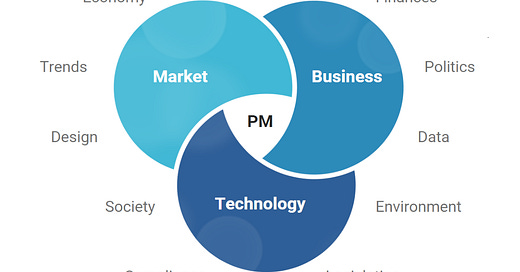


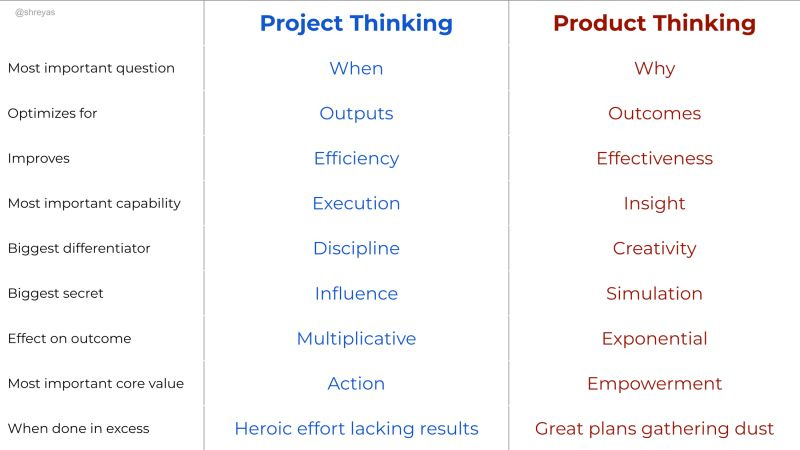
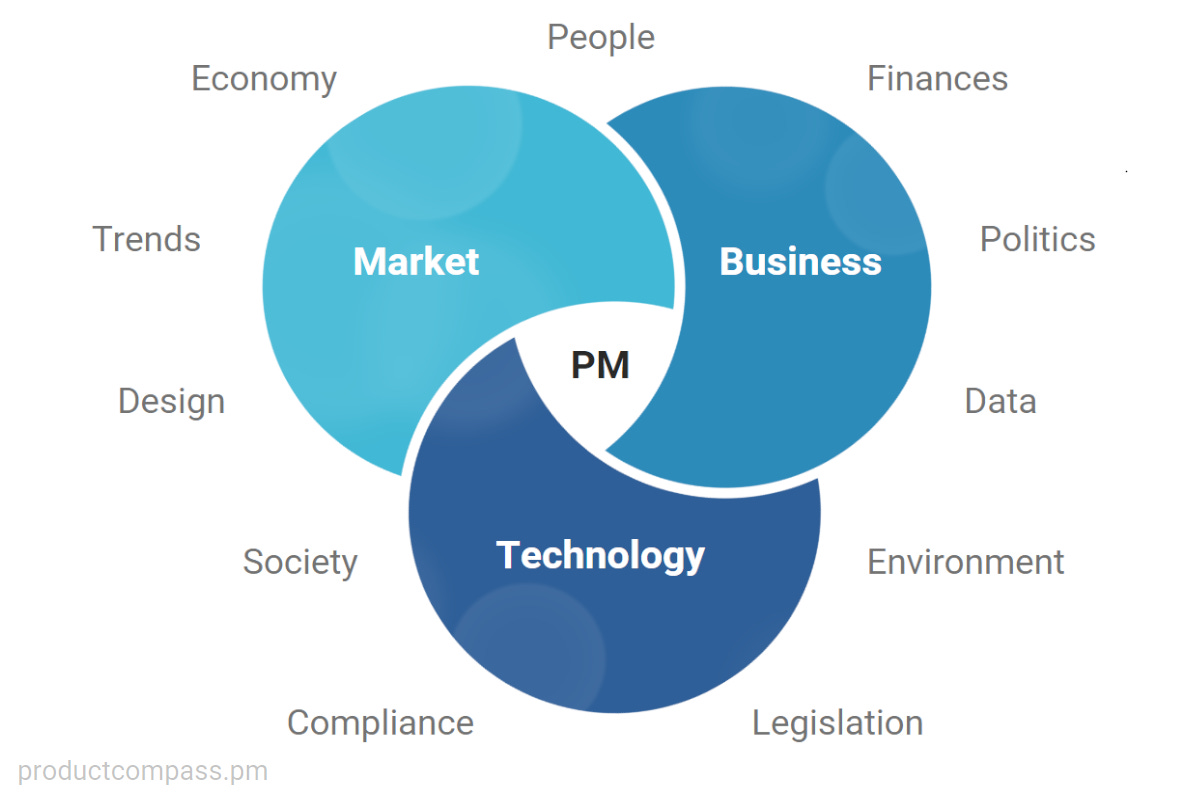
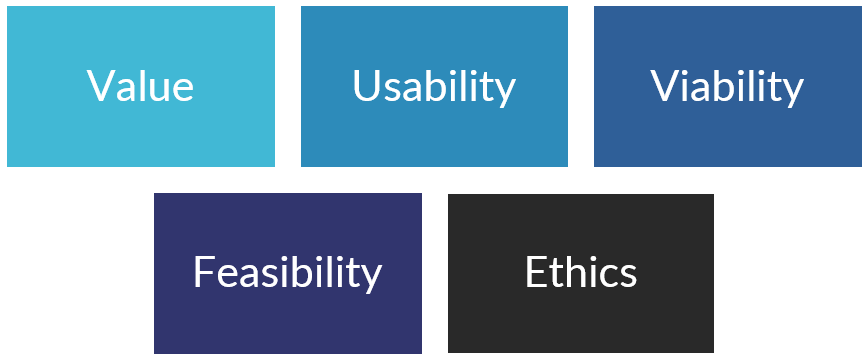
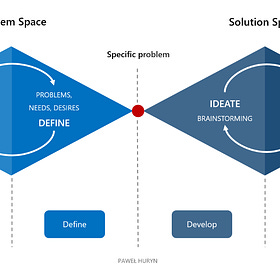
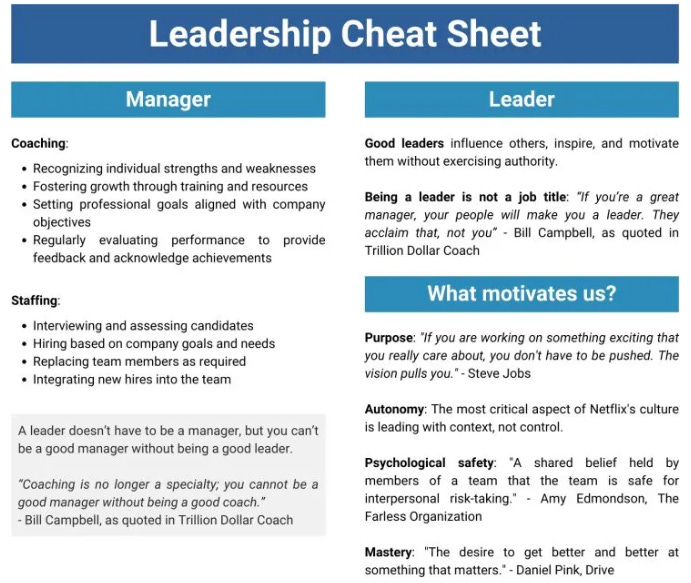
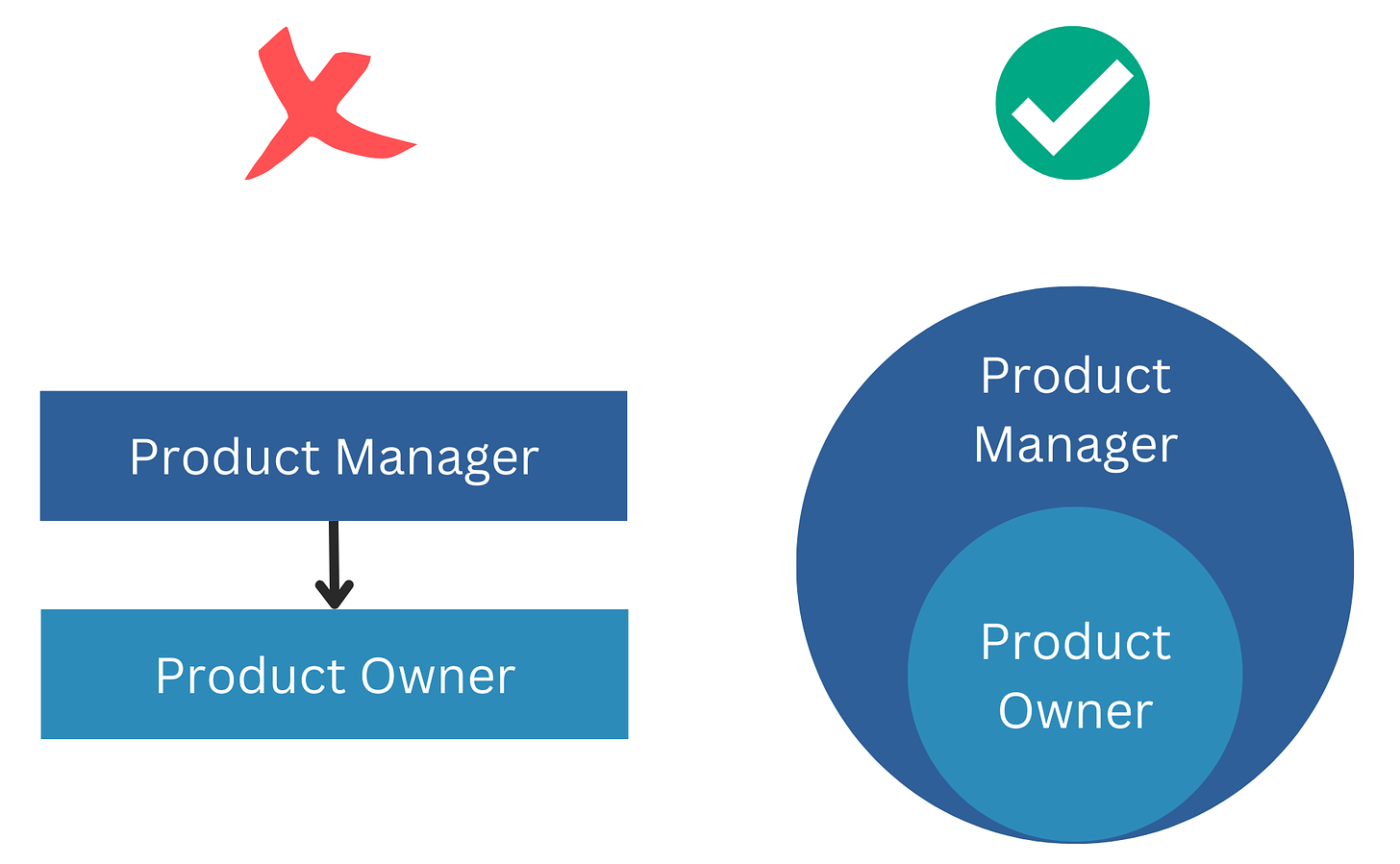
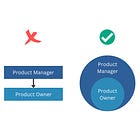
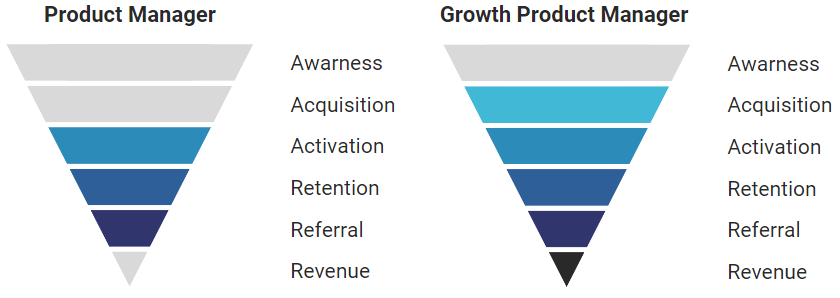
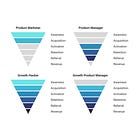
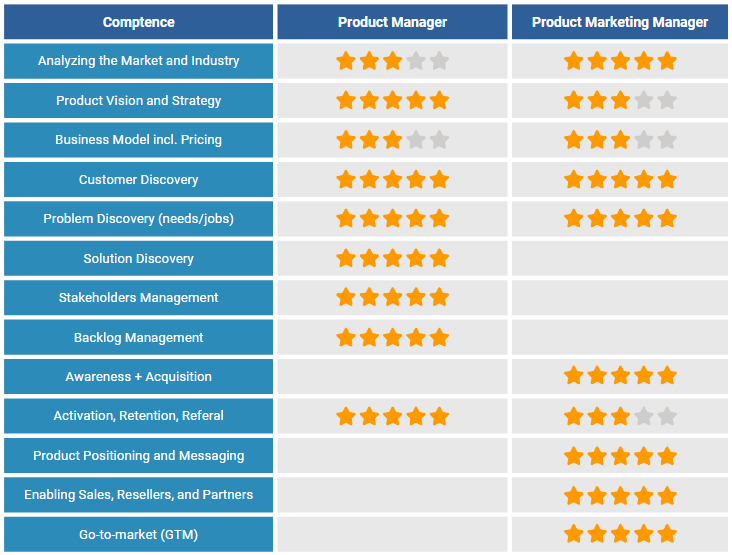

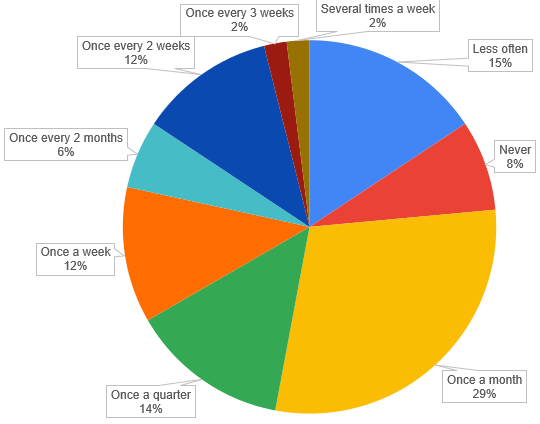
Clear explanation between the difference of project and product management 👏
This is a great overall intro and summary resource into the world of PM. We need more material like this in the physical product space aswell !